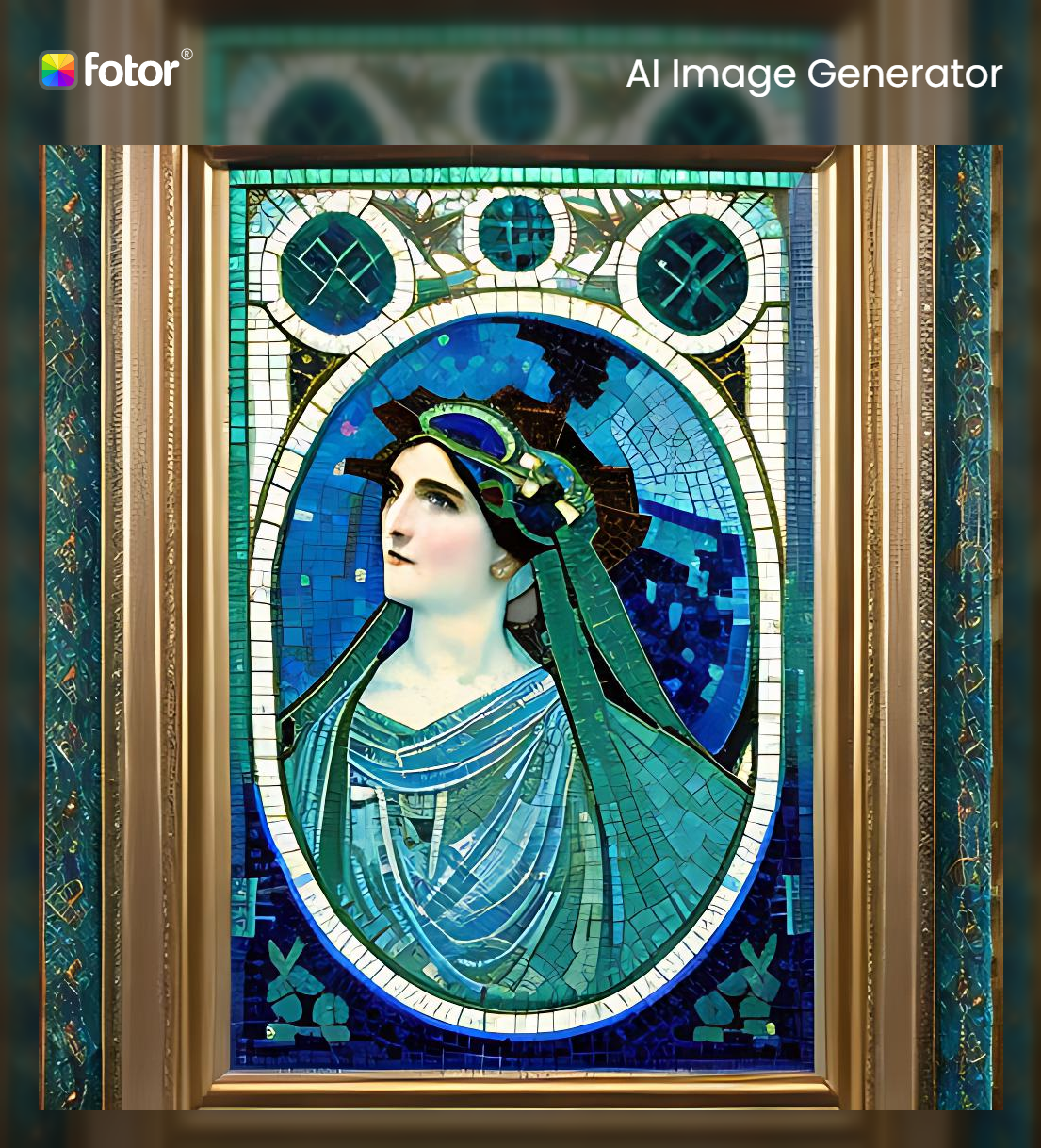For patent applications, Paris Convention foreign priority allows an earlier filing
date than the actual filing date based on an earlier application. According to the Paris Convention for the Protection
of Industrial Property, by international treaty, patent applicants from different
countries can claim priority to an earlier filing if the earlier filing was
within a certain time.
1.
A patent applicant that first filed an
application in the United States, can claim foreign priority from the United
States to file in another country. The
deadline is the same 12 months from the filing date for utility patent
applications, and 6 months from the filing date for design patents.
Deadline: This means that after you file in the United States, you
have 12 months or 6 months to file in all of the other countries that you need
to file in, or you are giving up your rights in that country.
2.
A patent applicant that first filed an
application in another country, can claim foreign priority in the United States
within the same time. This is
codified under 37 CFR 1.55 Claim for foreign
priority.
(a) In general. An applicant in a
nonprovisional application may claim priority to one or more prior foreign
applications under the conditions specified in 35 U.S.C. 119(a) through (d) and
(f), 172, 365(a) and (b), and 386(a) and (b) and this section.
(b) Time for filing subsequent
application. The nonprovisional application must be:
(1) Filed not later than twelve
months (six months in the case of a design application) after the date on which
the foreign application was filed, subject to paragraph (c) of this section (a
subsequent application);
There are two requirements. First,
the filing date must be timely, and then the claim for priority must be timely.
“The claim for priority must be filed
within the later of four months from the actual filing date of the application
or sixteen months from the filing date of the prior foreign application in an
original application filed under 35 U.S.C. 111(a), except as provided in
paragraph (e) of this section.” 37 CFR 1.55 (d) Usually, the priority claim is made with the application.
Deadline: This means that after you file in another Paris Convention country, you have 12 months or 6 months to file in the United States, or you are giving up your rights in the United States.


